The walls of the apartments with many protruding beams, niches and arches are difficult to salary with conventional rolled wallpaper, but you can choose liquid. We tell about their pluses, minuses and methods of application.
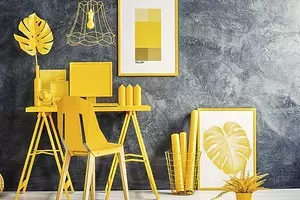
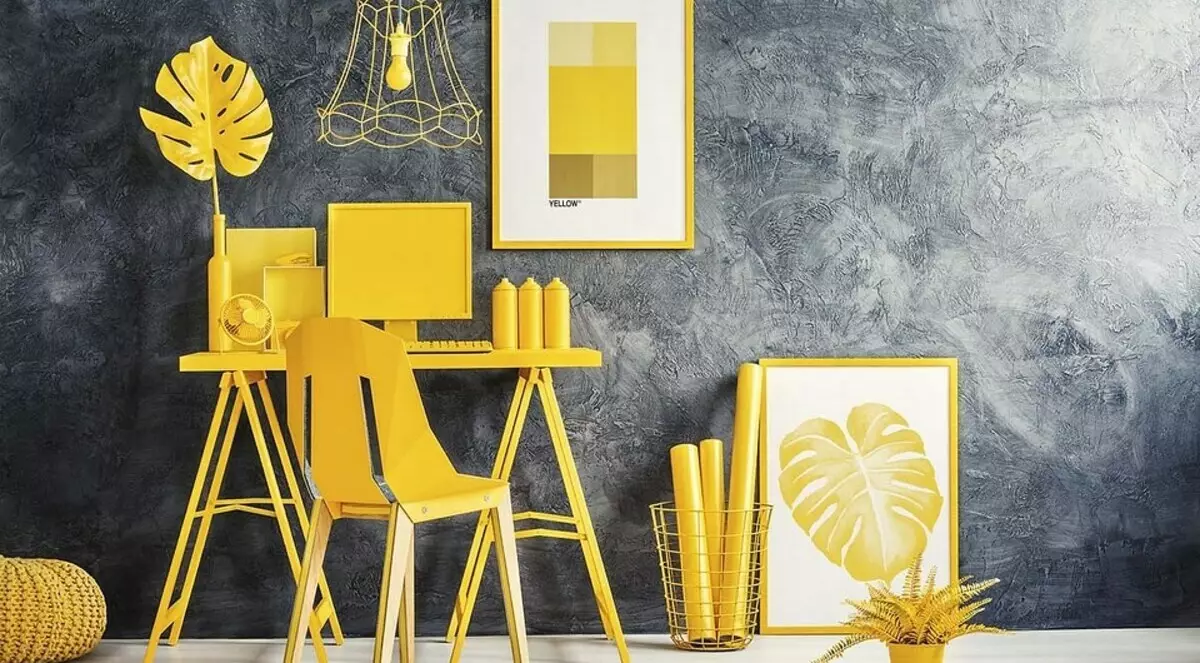
The enclosing structures of complex configurations, as well as arches and columns, are easiest to place paint or decorative plaster. Those who consider interiors with such a finish are too strict, devoid of pleasant tactile sensations and the total atmosphere of home comfort, it is worth paying attention to the liquid wallpaper.
Structure of liquid wallpaper
The material is a dry mixture of colored textile fibers of cotton, silk, polyester and binding elements. If you want to add some decorations in the form of glitter, shining threads, etc. (suitable for decorative plasters). In our market, this product is represented by many companies, including Bayramix, Bioplast, POLDECOR, Silk Plaster.
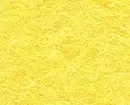
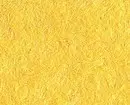
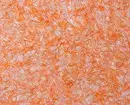
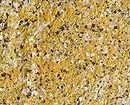
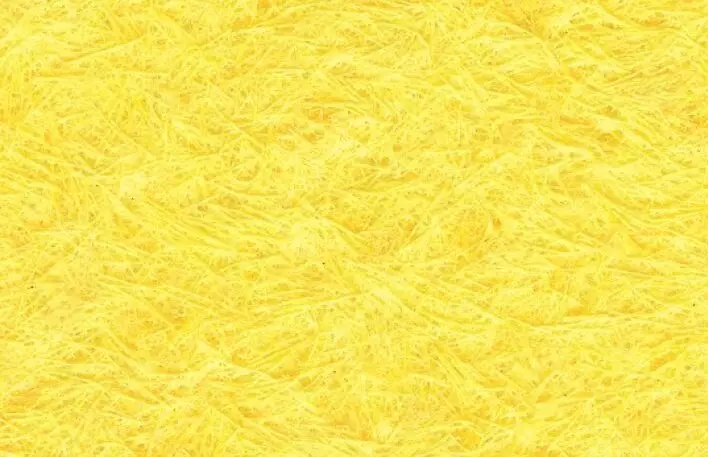
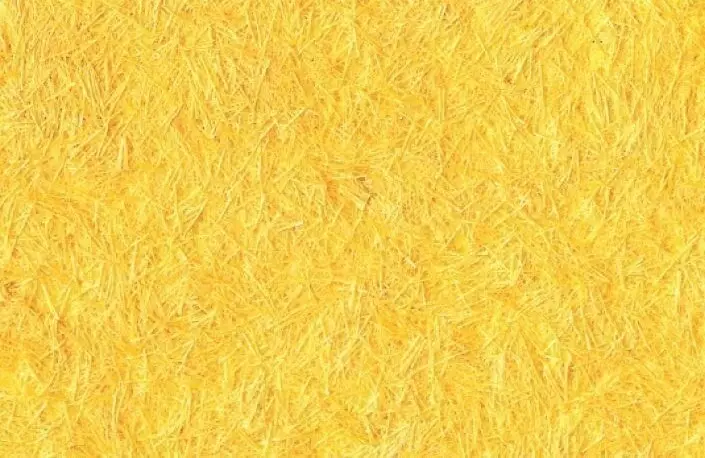
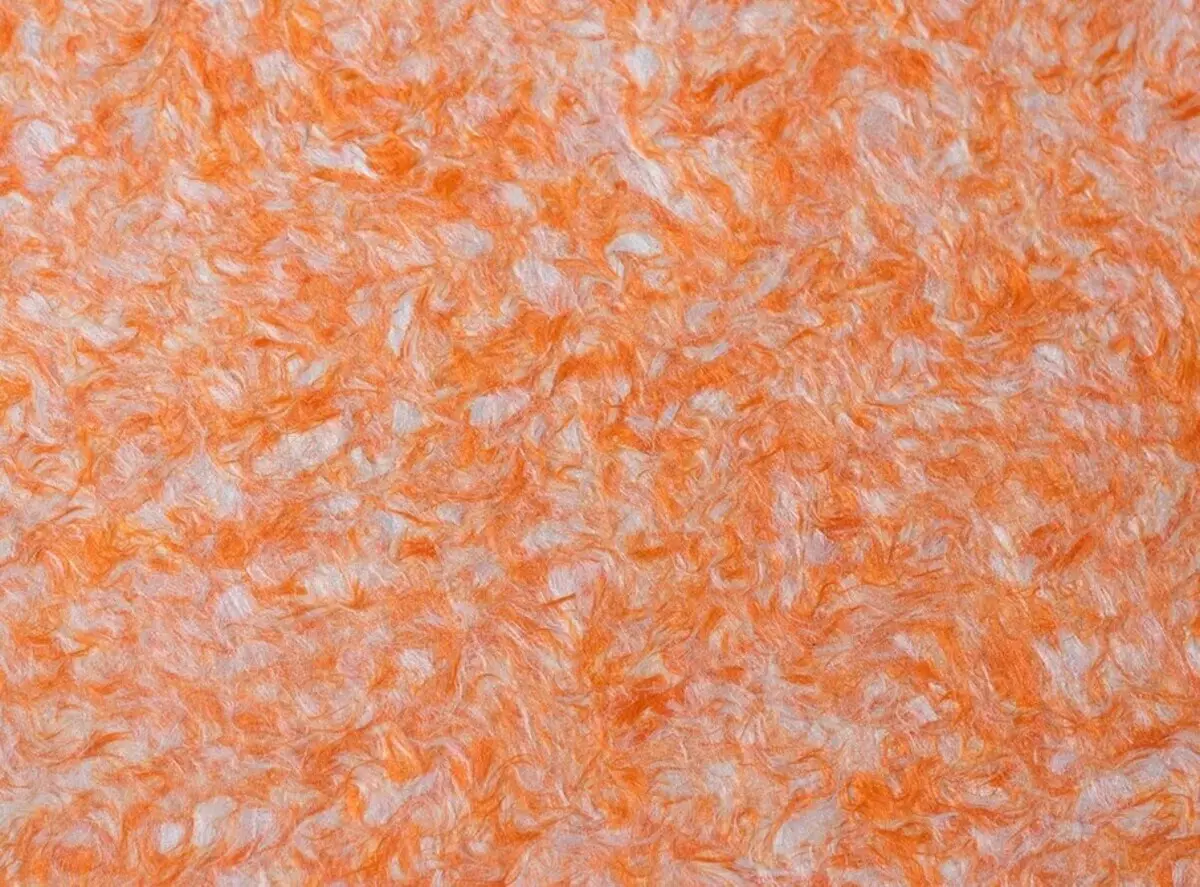
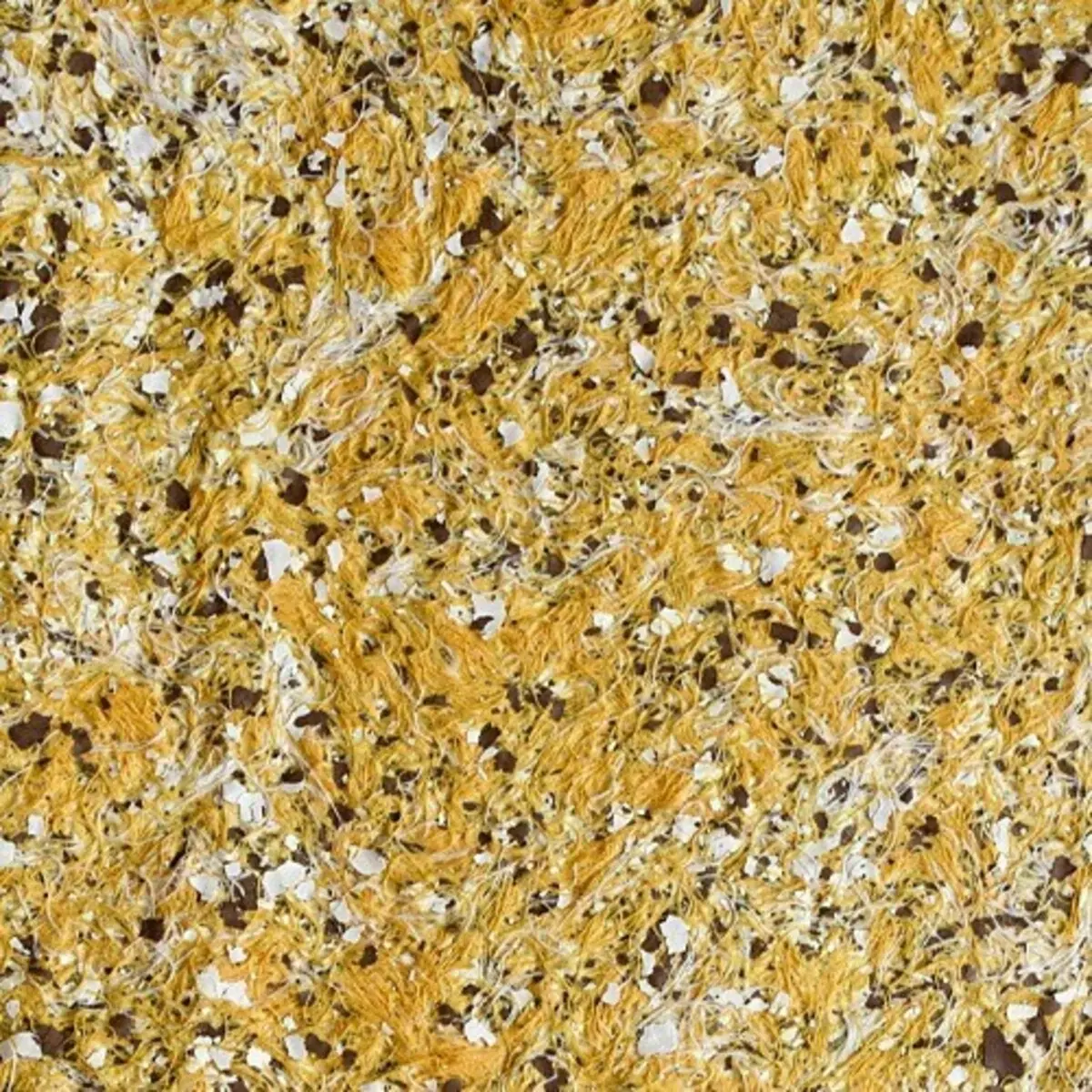
Liquid wallpapers are called due to the method of preparing and applying, which resembles work with decorative plaster. The dry mixture is soaked in pure warm water and stirred. The decorative and binding components of the dry wallpaper mixture will be in the desired concentration only when the entire packaging is fully shown. In most cases, the manufacturer advises it to make it hands, not a mixer so as not to damage textile fibers. No need to worry, all components are natural and harmless to the skin.
Please note: the water mixture necessarily insist for 8-12 hours. But some manufacturers recommend that to do it before stirring, while others are after.
Pros and cons of liquid wallpapers
Pros:
- Form seamless, pleasant to the touch surface.
- Masking minor irregularities.
- Elastic, the appearance of shrinking microcracks up to 5 mm is not reflected in the appearance of the coating.
- Simple process of application, including curvilinear surfaces (columns, arches, etc.).
- Fragmental repair is possible.
Minuses:
- Low moisture resistance.
How to prepare the surface to apply
Preparation of the surface under liquid wallpaper depends on the base material. For example, plastered with cement-sand composition or concrete walls are covered with ground penetration with soil or universal, putty and become ground. Also come with walls, trimmed sheets of plasterboard. Moreover, the shp can preferable to use not the finish, but the coarse start, since the liquid wallpaper is better cling to the rough surface.Wooden bases and chospels close to them according to the properties of the chipboard and the fiberboard are painted with white enamel (preferably on a water basis, without a sharp smell). Metal surfaces should be covered with several enamel layers to protect the metal from water exposure to water. In any case, well-prepared base should be uniformly white, without peeling coatings, dirt, dust.
How to apply liquid wallpaper on the wall
The finished plastic mass is applied to the wall and smoothed by a plastic cooler with reciprocating movements. It is easy and unprofessional. The main thing is to follow the uniform of the layer. Its recommended thickness is 1-2 mm and no more. Otherwise, the material consumption will not correspond to the stated manufacturer. Yes, and it looks more attractive if its thickness is the same throughout the surface.
On average, 1 kg of dry wallpaper mixture is enough for a finish of 3-4 m². But this parameter depends on the texture of the coating and can reach up to 7 m². After applying on the walls, liquid wallpaper gradually (for 1-2 days) dry. At this time, the room temperature should not be below 15 ° C. Frequent ventilation are welcome, unlike conventional rolled wallpapers, which protect from drafts when drying glue.
Drawing pattern with liquid wallpaper
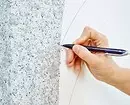
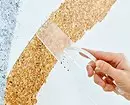
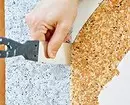
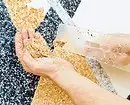
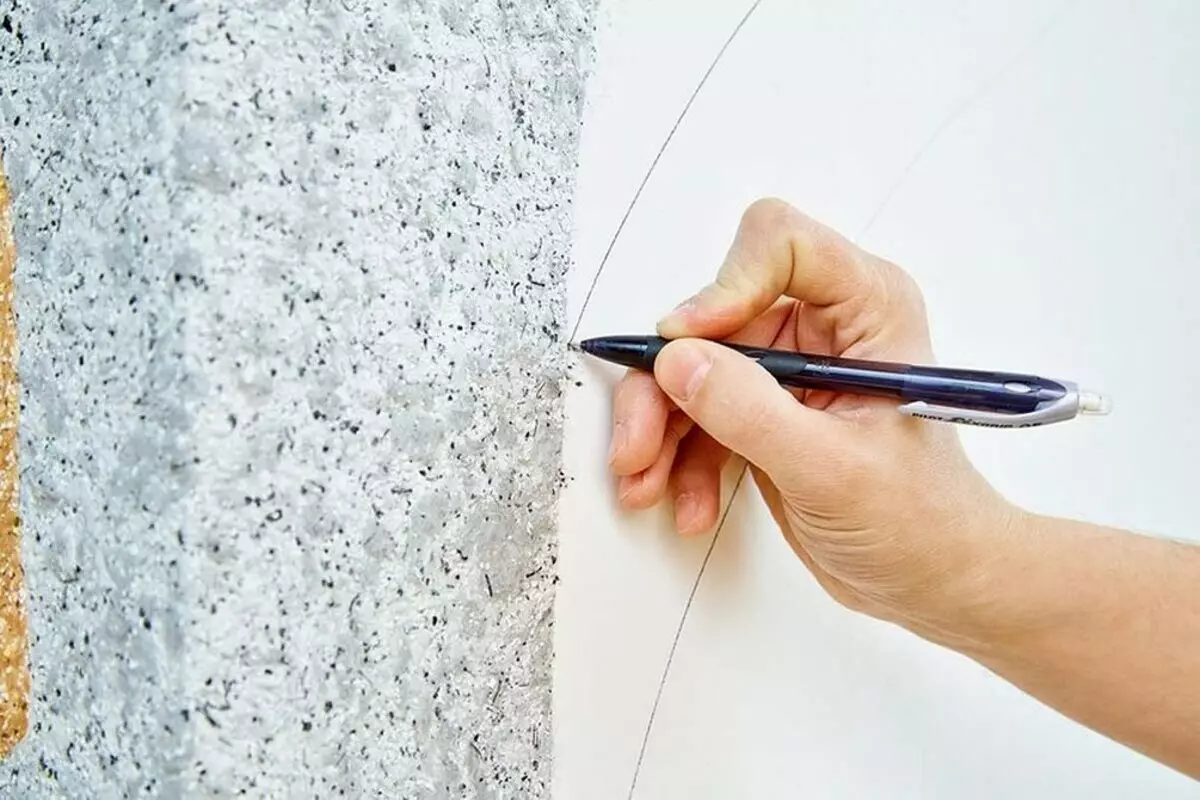
The liquid wallpaper Silk Plaster is applied to the prepared base with pencil pattern with a plastic pattern so that they appear for the contour of the figure by 1-2 mm.
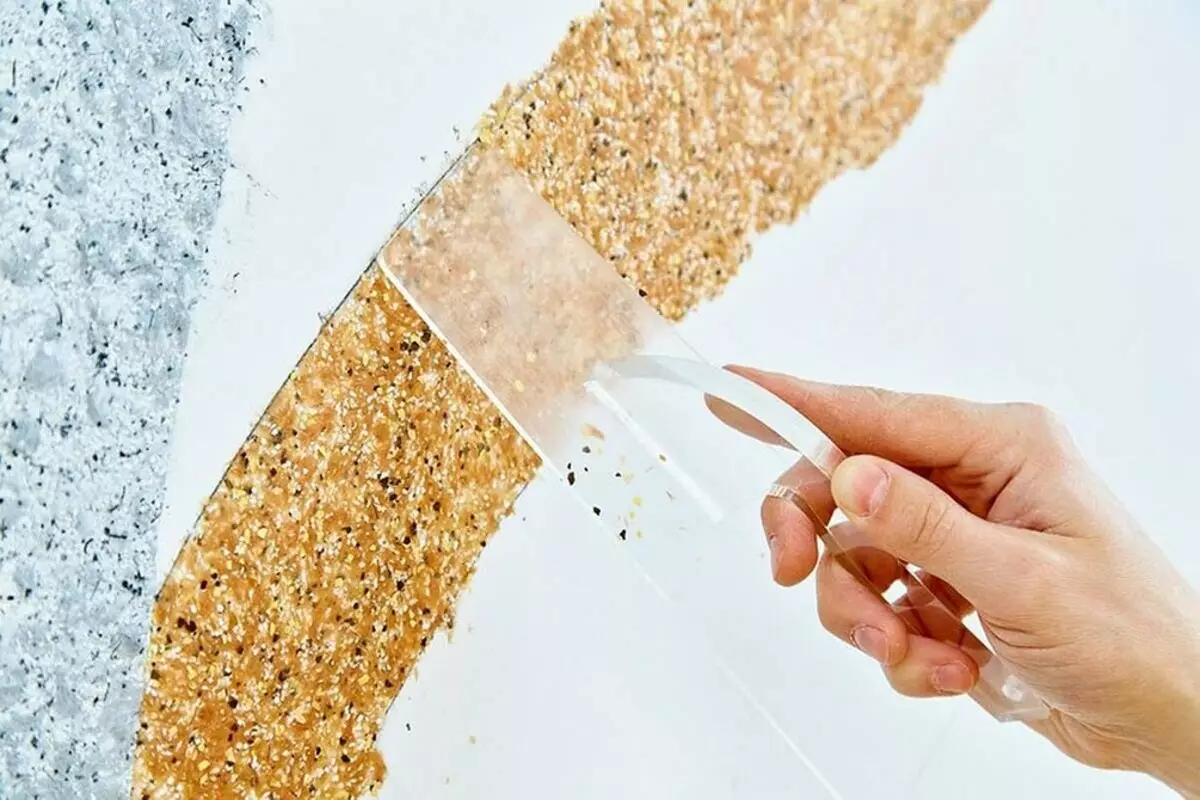
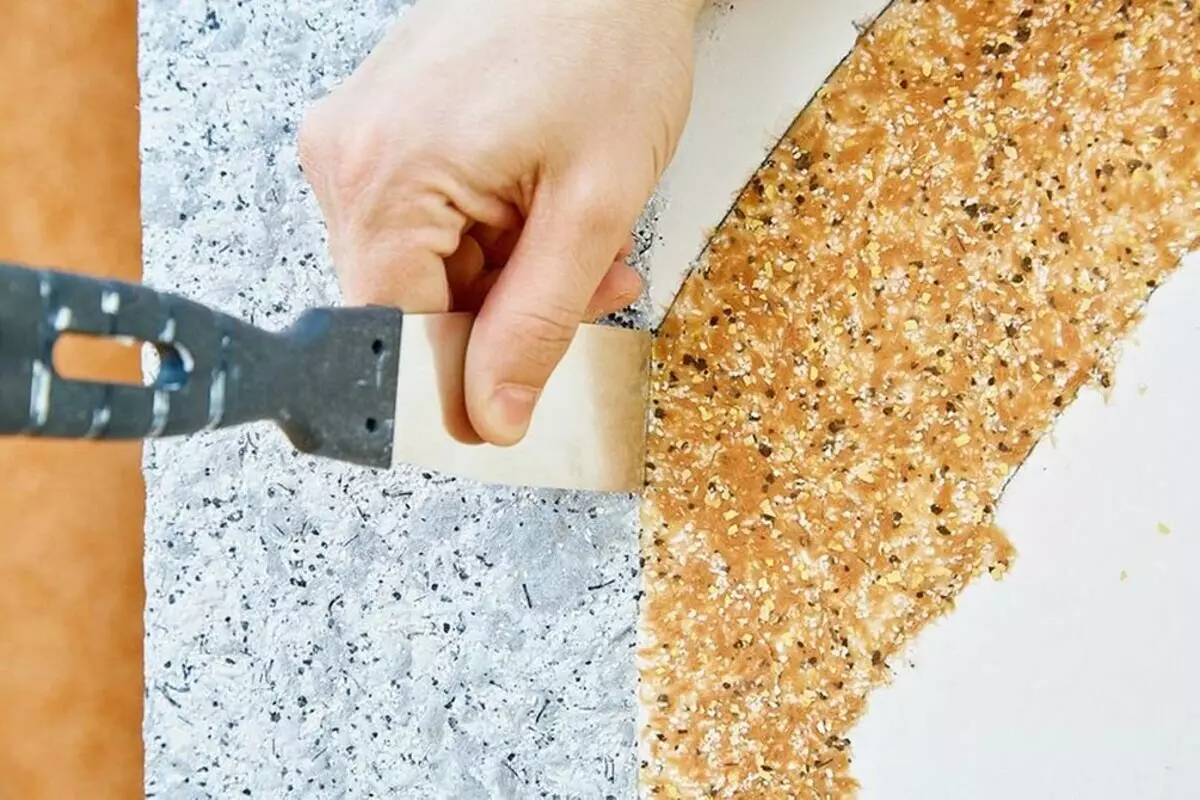
Then the mass is brought by the edge of the cell to the contour boundaries of the pattern. When the thick layer is clusted, it is slightly pressed by the culma and the cutting movement of the edge are removed excess.
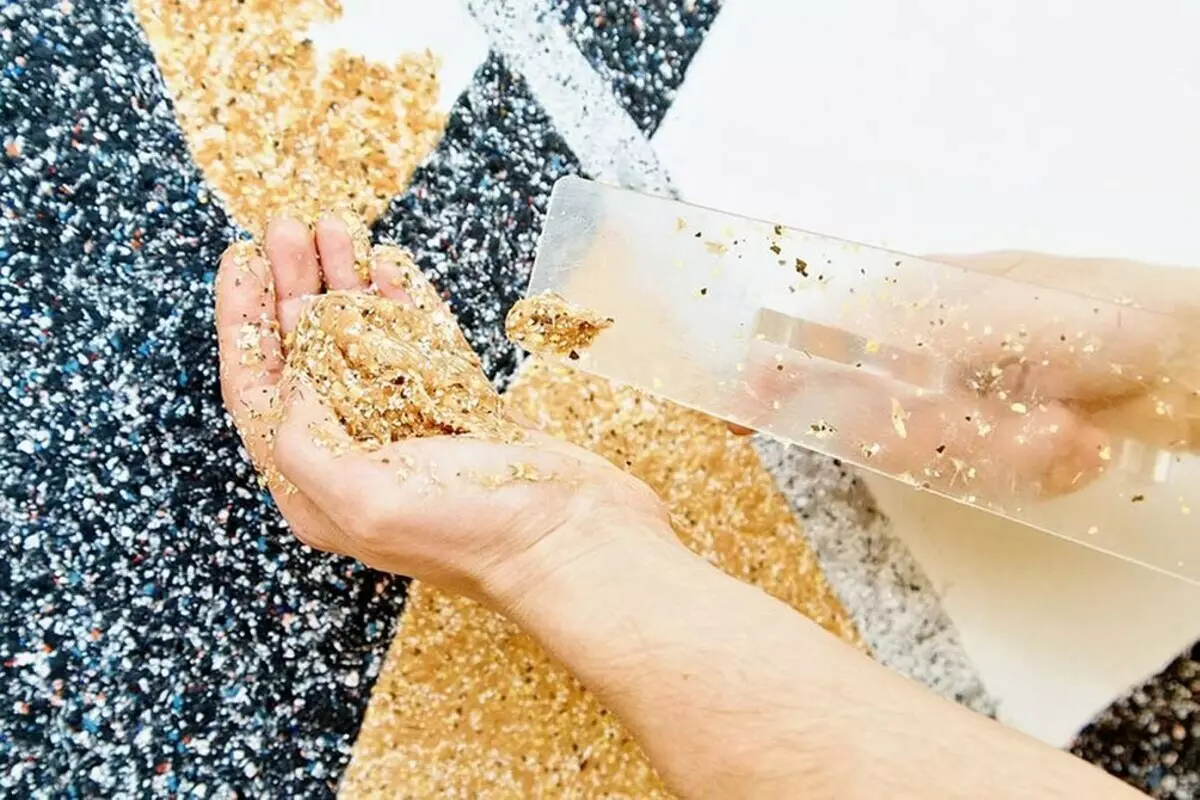
Wallpaper of different colors are applied in series, waiting for the drying of the previous layer (3-4 hours).
How to store unused mass?
In this case, the container with it is sealed with a lid and leave until the next working day, and if necessary, and longer - up to 3 days. The wallpaper mass remaining after the end of the finish is laid out on a flat surface (on a plastic film or glass), waiting for it to dry, and remove the storage bag. Subsequently, it can be dissolved with water again and use for fragmentary repair.
